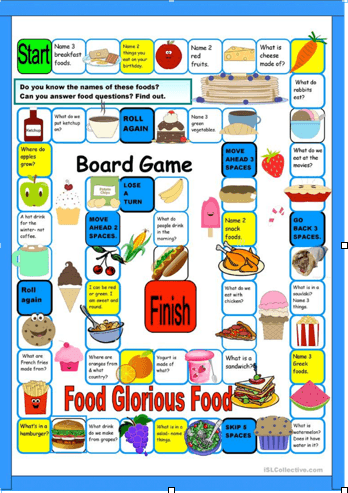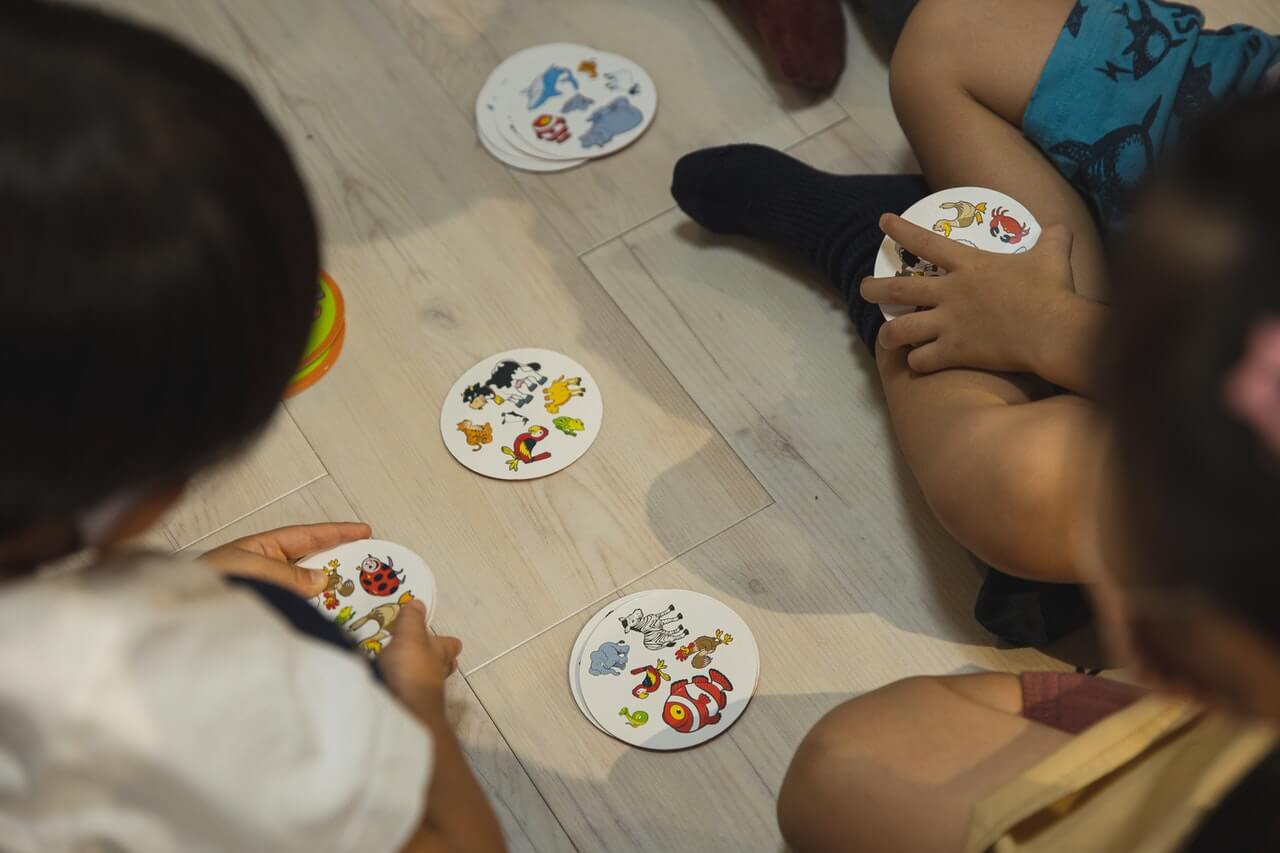The students at my school struggle to pay attention and to maintain interest when learning English.
They avoid speaking in English, especially with their classmates, because they lack confidence.
This reduces interaction and thus, they do not communicate well in English in the outside world.
In this article, I present a lesson where I used a technique to educate students in a fun and interactive way.
About the Author: Zarin Tasnim completed OnTESOL’s 250-hour TESOL diploma and Teaching English to Young Learners Specialist Course and is now teaching primary English in China.
Using Board Games
Students love to play games and they tend to pay more attention and dedicate more time to it, as they feel victorious and powerful when they win.
They love competition!
Therefore, in one of my speaking lessons, I used board games to teach them new vocabulary and to increase interaction and engagement.
Prior to this lesson, I gave them a cut-out worksheet to make their own dice at home and to bring them to this lesson.
This increased their excitement and eagerness to play.
Read: Teach English and Earn More with an Advanced TESOL Certificate
Introducing The Board Game and Target Language

In the lesson, I used an attractive PowerPoint presentation with pictures to introduce what board games were and their components, such as counters and dice.
I also showed them different types of board games and what they were called.
This way, I made sure everyone knew what to do and what game they were going to play.
Then I taught them the instructions on how to play and the things they must say in each step to keep the game going.
I instructed phrases such as “It’s my turn,” “It’s your turn,” “I win,” and more through a repetitive drill.
Next, I showed them the board game they were going to play on the screen, which was very colorful and had many pictures.
I asked them questions about the instructions they learned earlier. I also taught additional phrases, such as “what is it about?”, “how many players do we need?” “what does the winner say?” and “what do you say when you pass the dice?” Students probed the screen and successfully answered the questions.
The pictures on the board game aided them to reinforce their memory. The board game I used is displayed below.
Setting the Rules
To become more familiar with the board game so that students could play smoothly, I went through all the questions displayed on it together with the students.
We discussed some sample answers together. Before starting the game, I set a rule that none could speak in Cantonese, and if they did, they would lose a turn.
The game also couldn’t continue if they didn’t say “it’s your turn”, when passing the dice, and one couldn’t win if they forget to say, “I win.” Students took this seriously as they all wanted to win. Anyone losing a turn was an advantage to them.
Therefore, when anyone spoke in Cantonese in the group, the students immediately reported it to me.
Increasing Class Engagement and Memory
I arranged the class into four to five students in a group. They all had their own dice to roll and everyone spoke in English.
It wasn’t difficult for them to carry out this game in English because the phrases they had to say were very simple.
They simply had to read the questions from the block where their counter landed. When one couldn’t answer a question, others in the same group tried to help.
In this way, the student to student interaction increased, and they learned vocabulary from each other.
The questions on the board game also reinforced their memory from their vocabulary bank. In addition, they learned new vocabulary from their group’s answers.
As they played, I walked around to ensure they were following the rules. I also noted down the new vocabulary that groups came up with.
I then wrote them on the board. All groups were very busy playing the game, interacting with each other, finding answers, pointing out mistakes, reporting a breach of rules, sharing answers, and more.
At the end of the lesson, I reviewed all vocabulary and their definition with the students as they wrote them down in their book.
Conclusion
In conclusion, there are many ways and techniques to improve student engagement, motivation and interaction.
We can do this by setting rules to make sure students don’t stray from speaking English. As long we understand what the students really need and their problems.
By understanding your students’ perspectives, behavior, and interests, you can come up with lesson plans that ensure effective learning.
In this school, the problem was interest. In the end, the lesson was fun and students were motivated to speak and learn.






Once I started reading, I couldn’t stop it! Thank you loads for these informative content along with the engaging and inspiring ideas and activities :)